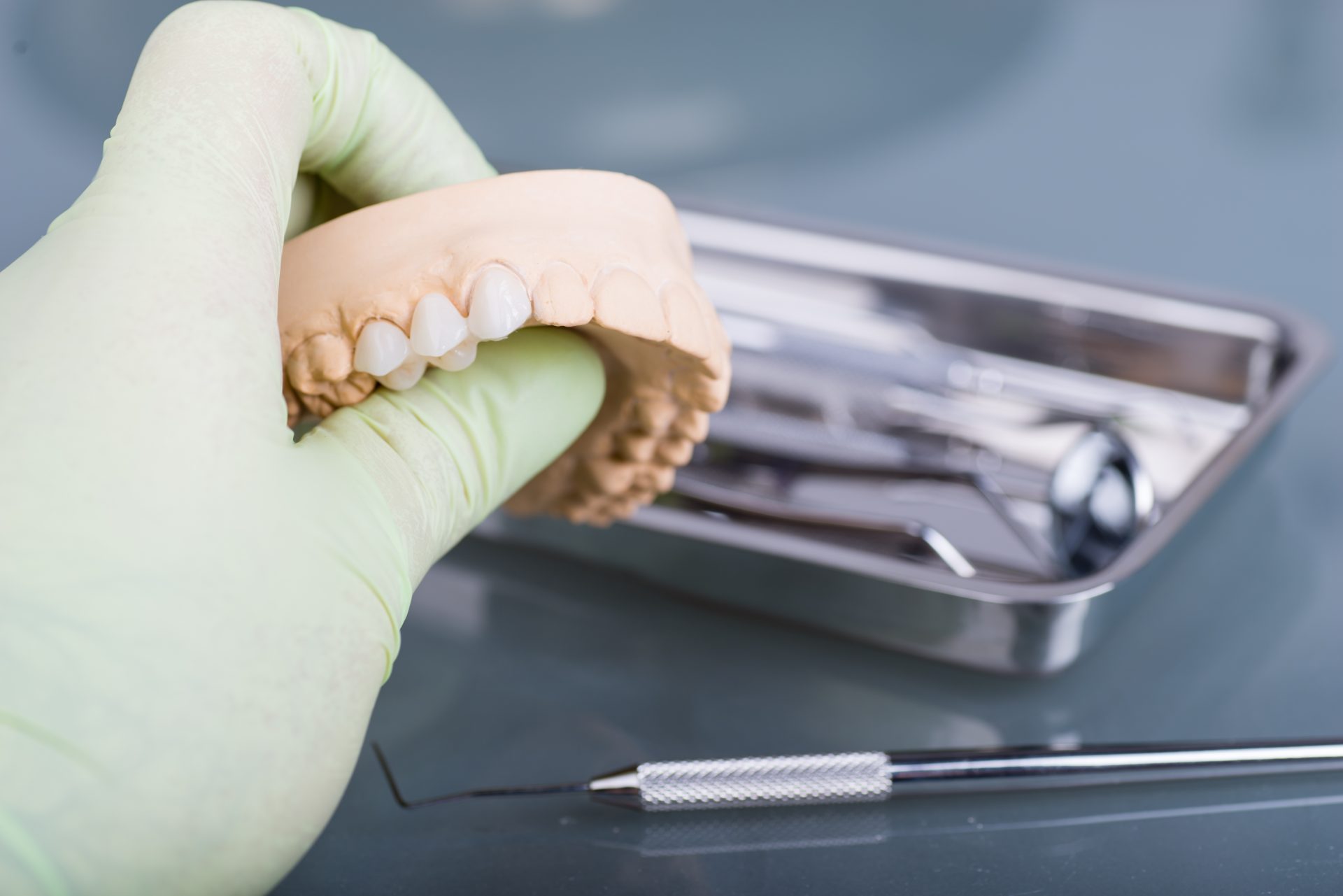Single Tooth Replacement
If you are suffering from a missing tooth, a single tooth replacement using a dental implant may be right for you. Implants are placed in the jaw and are held in by surrounding bone and serve as the foundation for a custom tooth that replaces your natural tooth. Implants are very durable and with proper care and hygiene can last a lifetime.
Multi Tooth Replacement
When you have multiple teeth missing, dental implants can restore teeth with just one implant. Unlike partial dentures which are removable, a prosthesis supported by implants would permanently replace all missing teeth.
Full Arch Replacement
When missing many teeth, it can be difficult to perform vital tasks like eating and talking. Full arch replacement is done using implants and will support a new full set of teeth. Unlike a traditional denture, with a full arch replacement prosthesis supported by implants there is no acrylic covering the roof of your mouth. This prosthesis provides a more natural feel and appearance of your teeth. Since they are fixed into the mouth, there is no need for messy adhesives like with dentures.
Denture Stabilization
If you already have an existing denture but are unhappy with the fit or comfort, denture stabilization using implants may be a great option to consider. Your existing denture can oftentimes be modified to connect to several implants which will keep it secure while you talk and chew. Your dentist can determine if your denture is capable of the modifications necessary for this to be a successful treatment option.






